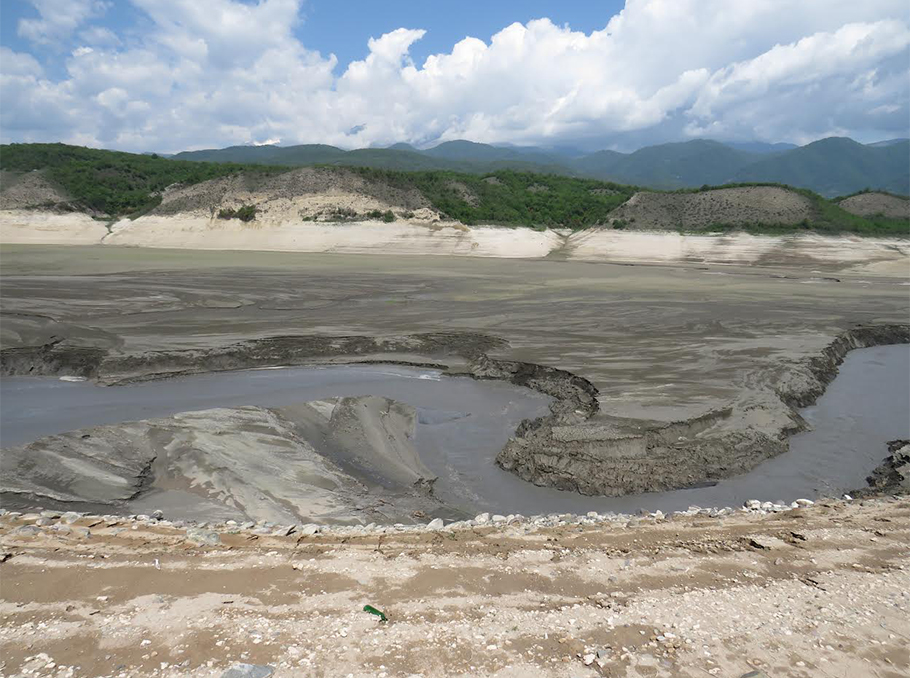Yerevan /Mediamax/. Artsakh’s Nature Protection Committee stated today that if the electricity supply through the only high-voltage power line between Armenia and Artsakh is not restored in a short period of time, the water resources of the Sarsang reservoir will quickly run out, leading to a complete humanitarian and environmental disaster.
To meet the minimal energy needs of its people, the Republic of Artsakh is forced to rely solely on internal electricity production, the 70 percent of the capacity of which is allocated to the Sarsang reservoir hydroelectric plant.
Consequently, the reservoir’s surface area, evaporation rate, and infiltration have significantly decreased. These factors are the primary causes of the local microclimate change, which has numerous adverse consequences for the environment and agriculture.
The reservoir also plays a vital role in supplying groundwater and feeding natural springs in the Tartar River valley. As a result, the settlements and agricultural plots located below the reservoir’s water level are rapidly losing access to water resources. Springs below that level have experienced decreased outputs, some have dried up entirely, and the groundwater level has dropped.
Over-depletion of the water level in the Sarsang reservoir has also led to maximum risks of loss of aquatic fauna and flora. A number of species, living on the banks of the reservoir and included in the lists of the Red Book of plants and animals of the Republic of Artsakh, are also endangered.
Such lowering of the reservoir level has led to serious risks of loss of edible and spicy (about 125 species), medicinal plants (about 35 species), honey-bearing (about 156 species) plants of the coastal area, and the mentioned plant species are an integral part of the environment and livelihood of the population of that area.
Twelve or 70.8% of the 17 species of fish found in the waters of Artsakh are in the Sarsang reservoir, which is used by the residents of the coastal areas. Such reduction in water volume has sharply increased fish density and, as a consequence, both reduced foraging opportunities and increased risks of self-poisoning, which will lead to large-scale declines in the short term.
It is also home to the Southern banded newt, the Syrian spadefoot living in the coastal area, the Mediterranean turtle, and the Transcaucasian snake which are in “Critical Status” according to the criteria of the International Union for Conservation of Nature (IUCN) Red List.
Among the main inhabitants of the Sarang reservoir are the otter, among the mammals registered in the Red Lists of the IUCN, and among the birds, the little bittern and the great bittern, which lay their eggs in the dense coastal vegetation, and the drying of the reservoir has led to the extinction of the nesting colonies of these species.
The Sarsang reservoir area is a migration crossing point for a number of migratory birds, and such a sudden and unprecedented drop in water volume has also led to some loss of these bird species and changes in migration routes.




























Comments
Dear visitors, You can place your opinion on the material using your Facebook account. Please, be polite and follow our simple rules: you are not allowed to make off - topic comments, place advertisements, use abusive and filthy language. The editorial staff reserves the right to moderate and delete comments in case of breach of the rules.